Book Review - Richelle Mead's The Glittering Court
 The Glittering Court by Richelle Mead
The Glittering Court by Richelle Mead
Published by: Razorbill
Publication Date: April 5th, 2016
Format: Hardcover, 416 Pages
Rating: ★★
To Buy
Lady Elizabeth Witmore, the Countess of Rothford, can't stand her life. Orphaned and raised by her grandmother on their ever diminishing funds she is being forced into a marriage with a distant cousin who has a very overbearing mother. Her household is being scattered and she is surprised to find out that one of her maids, Ada, has been approached by The Glittering Court. The Glittering Court is in essence a mail-order bride service for those wealthy men who have a pioneering spirit and have relocated to the New World, Adoria. The Court spends a year training the girls in all the skills Elizabeth has had drilled into her since birth and then they are sent to Adoria where hopefully a bidding war will ensue. The Court makes money and the girls are given a chance at a life they could never have dreamt of. Though Ada seems oddly reluctant. She'd far rather go home to her family's dairy than go to Adoria. Which gives Lady Elizabeth an idea. She will take Ada's place. The idea formed in her mind has to be acted on quickly. The Court is picking up Ada that night. Elizabeth quickly sends Ada off to the dairy of her dreams and feigns a headache. As soon as she is alone she dons Ada's clothes and leaves her house as Adelaide, leaving "Lady Elizabeth" behind.
The first hurdle happens almost immediately. Cedric Thorn, whom Ada and Elizabeth met that afternoon, is in the carriage and soon the alarm is raised for a missing Countess. But Cedric keeps her secret and when they arrive at the manor where "Adelaide" will be taught they reach an agreement, Cedric explaining how she mustn't excel, she must reign in all that is natural to her, and he won't tell anyone who she really is. Over the following months she feels freer than she ever has before. She has real friends in her roommates Mira and Tamsin. She has a future that is of her own making. But soon her heart starts to betray her. She's falling for Cedric and he's the number one person she shouldn't be falling for. As it turns out Cedric himself has secrets, and their bond grows stronger through the sharing of their true selves. Yet if anything, this friendship doesn't dampen "Adelaide's" desire to succeed, she throws caution to the wind and becomes the diamond in the crown of the Court. This might not have been the wisest plan, making herself so visible, but it affords her the greatest leeway in choosing a husband as well as helping to protect Cedric's big secret. Yet truth will out and soon life in the New World is more dangerous than just worrying about the natives.
When I was listening to the buzz surrounding this book I was all like, yeah, Elizabethan YA awesomeness, I'm so there! And yes, there's Elizabethan, but there's also Jamestown and Salem and the California Gold Rush and Braveheart and and and... there was too much and. The Glittering Court felt like a book with a multiple personality disorder, or to be more accurate a multiple period disorder. Richelle Mead clearly didn't know what time period she wanted to emulate so instead of forging the story's own unique blend she borrowed liberally from all these different periods. The key problem is this lack of integration. When the book is Elizabethan it's obviously Elizabethan, when the book is Salem it's obviously Salem. These abrupt shifts in period are jarring and take you out of the story. You never once get a true feeling for the world of Osfrid and Adoria, they are just aspects of our own past that aren't filtered through the narrative but clumsily transitioned to from one to the other. Each time period feels uniquely of it's own time never merging the story into a cohesive whole. Therefore the narrative never has a chance to be anything other than a clumsily told story that could have been so much more but instead is so much "other" that it never had a chance to be itself.
While these period shifts became more and more jarring I was surprised that I actually latched onto one of them. For a short while the book actually captured my attention. After Adelaide and Cedric have declared their love for each other and been ostracized from Adorian Society they try to make it panning for gold. This is obviously the California Gold Rush/Oregon Trail period of the book and totally not the Elizabethan book I had signed on for, but somehow it worked. By stripping the narrative of all the extraneous characters and customs and eras, by stripping it down to the bare minimum, all of a sudden I liked it. The book no longer had these multiple periods fighting for dominance and it proves 100% that if Mead had forged her own unique and simpler path then perhaps this book could have worked. Adelaide and Cedric panning for gold was delightful. For the first time you really felt their connection. Their relationship was no longer a plot contrivance and the HEA we were working towards. It was no longer them being thrown together, it was them coming together and forging their future. Plus, seeing the two of them outside their comfort zone and dealing with new challenges and everything this new environment threw at them was priceless. Cedric's lack of carpentry skills is truly a highlight of this book.
But this one little slice of the book didn't make up for how predictable and just plan meh it was overall. Literally each and every single "twist" was seen coming so far in advance it was like Mead was telegraphing the punches to come. Semaphore anyone? I mean as soon as I heard they had to sail to Adoria I'm all, shipwreck! And of course there is. But by that point I was all shipwreck fake out, and of course that was the case again. If I hadn't been trying to force myself to finish this book I might have been laughing at the book, instead I was groaning. I mean, seriously, the country they sail across the Sunset Sea to is Adoria!?! Horrid saccharine backlash, teeth aching from the sweetness. If at some point in your book about mail-order brides there is an attempted rape, perhaps tone down the Disney Princess vibe? The closest example to what this book reminds me of is the TV show Reign. Because despite being ostensibly about Mary Queen of Scots, it has modern pop music and dresses that sometimes look like they were designed by Dior. This combination of the Elizabethan time period and Gossip Girl works because of one key element, they know they are camp and play it up to the hilt and therefore it is fun. This lack of self-awareness, this inability to see what The Glittering Court really is it's downfall.
Yet even if Mead had camped it up or bothered to do some worldbuilding the book still couldn't have worked because of Elizabeth/Adelaide. I have so many issues with the lead I just want to smack her. Some of her faults could be blamed on her upbringing but keep in mind, she's fictional! So her tunnel vision, her self-absorbed, self-centered ways don't come off as quirks or obstacles to overcome, they just come across as annoying. Even when she's "helping" others it's really only to help herself. Oh, and her grief over her lost friend? Um... that seemed like self-indulgent whinging. Yes, there's pain, but she freakin' caused it by being so self-centered. If she had been a little self-sacrificing, perhaps she could have been redeemable, but even working the gold claim with Cedric is just so she can get Cedric. Every. Single. Thing. She. Does. Is. For. Herself. The ONLY aspect of her personality that I found interesting was her ability to forge artwork. This could have led somewhere, but instead it is a contrived plot device used as the deus ex machina. Imagine if this ability to mimic was used as a commentary on "Adelaide" herself? A girl who could be the perfect society woman, who could mimic what all the others did and in fact surpass them but in the end could never be unique. Now that would have added some depth to this book.
Yet, with a book titled The Glittering Court I should have realized it would all be surface, no depth. The old saying all that glitters isn't gold, just points out this is all glitter, the kind that rubs off onto your hands and gets everywhere. Because time and time again there were opportunities for depth, and time and time again they were pushed aside, and have resulted in a major plot hole. The central conceit of the book comes down to the feasibility of an actual "Glittering Court." Does this idea for fantastical Elizabethan mail-order brides seem possible? Well yes and no. Yes, what we've seen of it seems to work, but no because what about the previous brides? THIS is the plot hole. The previous members of the "Court" are mentioned ONCE in passing. Aiana is mentioned as an employee of the Court who checks up on the previous wives. But why is this the only mention of them? Don't you think that perhaps a goodly portion of these women are probably living in the main town in Adoria? Why don't we meet any of them? Don't you think that they could sell us, the readers, as well as the hesitant girls on accepting marriage proposals and the viability and success of this operation? But no, that's too much thinking for this book. Perhaps it will be addressed in a later volume. A volume which I won't be reading.

























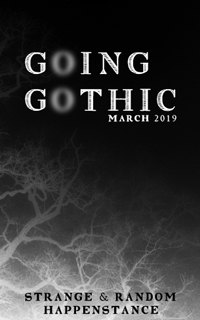
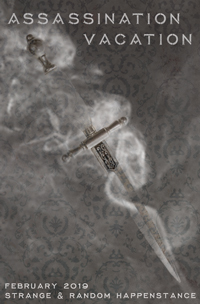
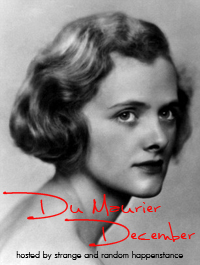
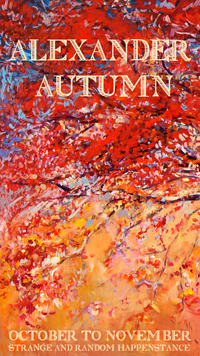





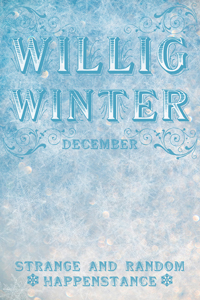

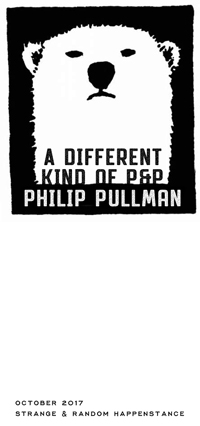


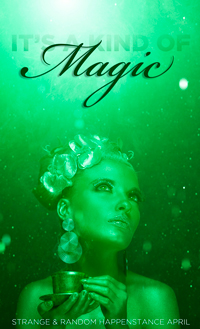
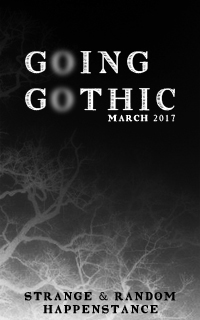

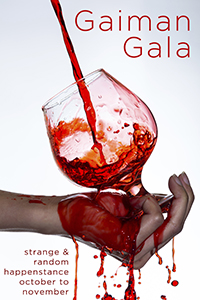
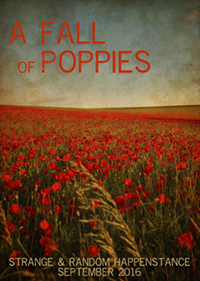



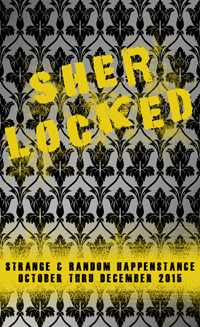

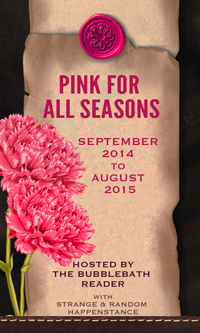
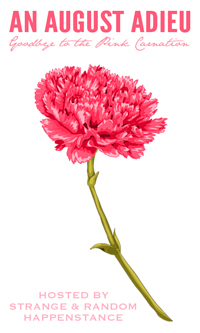




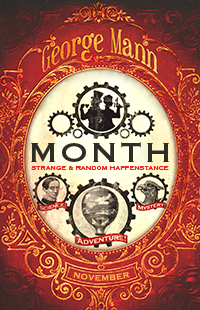

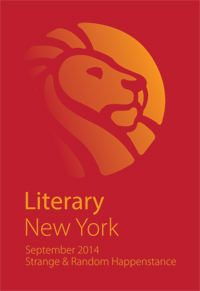
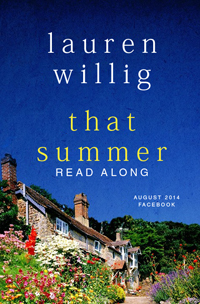



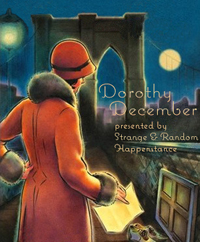























Post a Comment